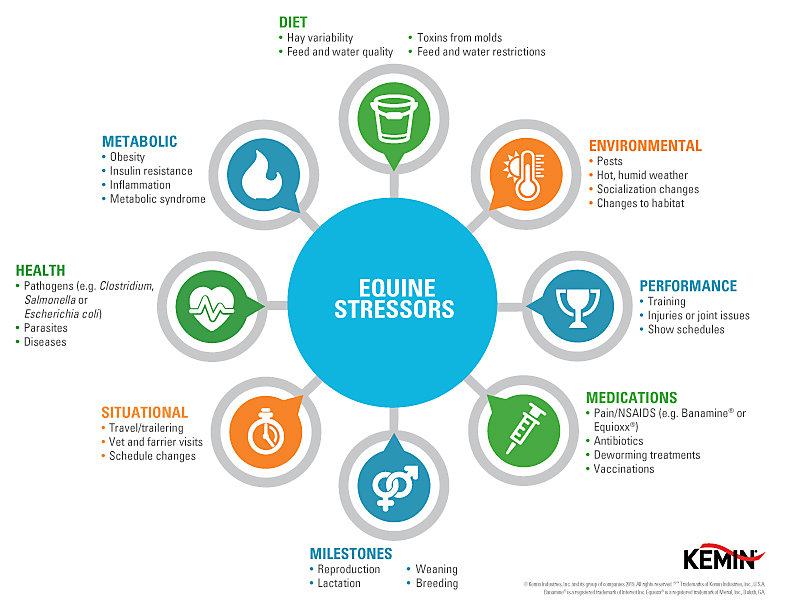References
1Malinowski, K. (n.d.). Stress Management for Equine Athletes. Retrieved December 12, 2019, from https://esc.rutgers.edu/fact_sheet/stress-management-for-equine-athletes/.
2Pagan, J. D., S. G. Jackson, and S. E. Duren. (2018, March). The effect of chromium supplementation on metabolic response to exercise in thoroughbred horses. ker.com/published/the-effect-of-chromium-supplementation-on-metabolic-response-to-exercise-in-thoroughbred-horses.
3Palsson-McDermott, E. M. and L. A. O’Neill. (2013). The Warburg effect then and now: From cancer to inflammatory diseases. Bioessays. 35:965-973.
4Anderson, R. A., N. A. Bryden, M. M. Polansky, and P. A. Deuster. (1988). Exercise effects on chromium excretion of trained and untrained men consuming a constant diet. Journal of Applied Physiology, 64(1):249-252.



%20-%20English_12.pdf/_jcr_content/renditions/cq5dam.thumbnail.319.319.png)
%20-%20English_13.pdf/_jcr_content/renditions/cq5dam.thumbnail.319.319.png)
%20-%20English_00.pdf/_jcr_content/renditions/cq5dam.thumbnail.319.319.png)
%20-%20English_00.pdf/_jcr_content/renditions/cq5dam.thumbnail.319.319.png)




